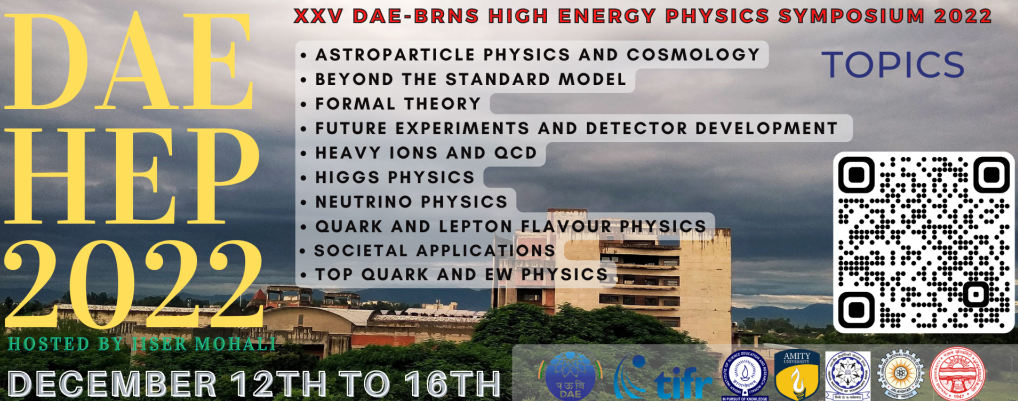Speaker
Description
Instrumenting a gigaton of ice at the South Pole, the IceCube Neutrino Observatory can probe neutrino interactions and properties at high energies with large statistics. This is possible due to the existence of a flux of high-energy astrophysical neutrinos, discovered by IceCube in 2013-14, and the prevalence of neutrinos produced in cosmic ray interactions in the upper atmosphere. Recently, promising candidate sources have emerged for the astrophysical neutrino flux, primarily due to real time multi-messenger followup efforts, while measurements have also been performed of the neutrino-nucleon cross section above a TeV as well as neutrino oscillation parameters using hundreds of thousands of events. IceCube has also detected its first electron antineutrino candidate near the Glashow resonance energy of 6.3 PeV. This talk will highlight recent results and illustrate the unique capabilities of this detector, motivating the proposed IceCube Gen2 extension and concluding with a discussion of opportunities for Indian participation and synergies with our homegrown capabilities and research programmes.
| Session | Astroparticle Physics and Cosmology |
|---|
